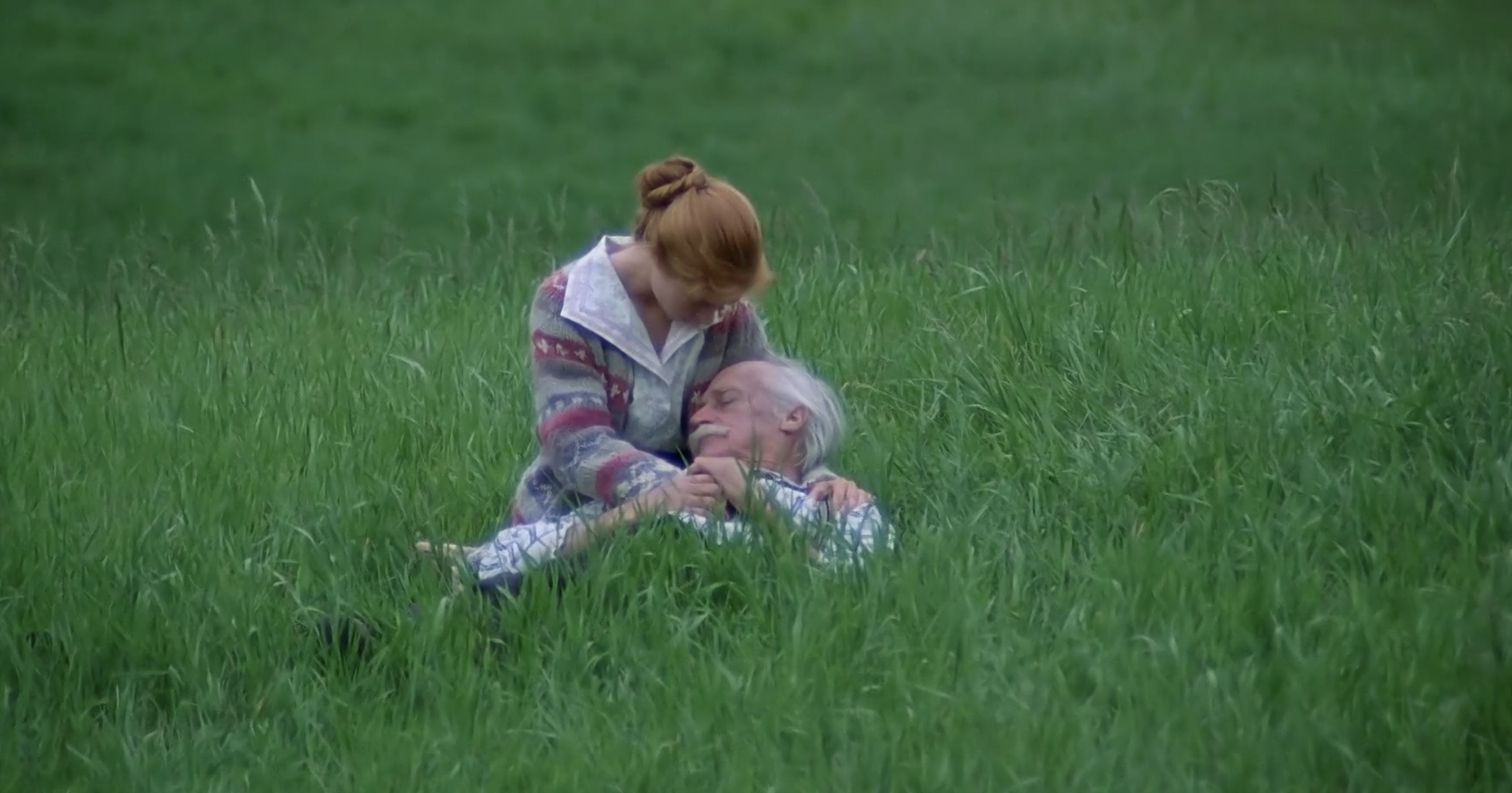Philosophy and Rainbow Brite: "The Mighty Monstromurk Menace" and the Battle Against Nihilism
(Screenshot from the Rainbow Brite, The Mighty Montromurk Menace, Part 1)
German philosopher Friedrich Nietzsche is sometimes incorrectly known as a nihilist. It’s easy to see why, with his pervasive critique of nearly everything Western culture, philosophy, religion, and theology hold dear. Yet Nietzsche himself thought that nihilism, the view that the world of human experience contains no meaning, is one of the gravest dangers to western culture and thought.
Given Nietzsche’s stinging critique of objectivity—objective values, objective human nature, objective meaning, and objective morality—the question then becomes how we can still find subjective meaning given the loss of any basis whatsoever for objective meaning. This is the ultimate meaning behind Nietzsche’s often-misunderstood phrase “God is dead”: that we have lost any objective, metaphysical, or theological basis for objective meaning in human existence.
The answer, of course, is that if there is no objective meaning, we ourselves must make our own subjective meaning in ways that are unique to each of us. According to Nietzsche, we each have the power to become authors of our own lives—and our own life-stories—in some artistic sense. This is the deeper meaning, I believe, of Nietzsche’s notion of “Will to Power,” despite its common interpretation as a quest for political power. Fellow existentialist philosopher Albert Camus likewise famously held that each of us is tasked with constructing our own subjective meaning in the face of an absurd reality from an objective standpoint with endless toils and monotony, and all of human life akin to Sisyphus pushing his rock uphill every day as a punishment from the gods, but with endless possibilities for subjective meaning and fulfillment from the subjective/individual standpoint.
So what does all of this have to do with Rainbow Brite? At home we recently discovered that my stepdaughter and her best friend had barely heard of Rainbow Brite, much less seen any episodes of the 1980s Rainbow Brite cartoon so ubiquitous for people of my Xennial generation. In the cartoon, Rainbow Brite uses her magical rainbow belt, along with her various friends and companions (the Color Kids and their various personal color sprites) to battle the forces of darkness, drabness, and grayness in the form of the show’s villains, Murky Dismal and Lurky, who together reside in the remaining dark area of Rainbow Land and who are constantly attempting to capture Rainbow Brite’s color belt (and/or the Sprites, the Color Crystals, the Color Kids, or Rainbow Brite herself) and attempting to destroy the color in the world.
Although the morality play in Rainbow Brite might be characterized in some naive sense as a battle of good versus evil, in reality it is a battle much more Nietzschean in tone: a battle of subjective meaning versus objective nihilism. Each of us has the power within us to make a world rich with colorfulness, meaningfulness, and authenticity, yet we are in constant danger of losing that authenticity in the face of the public and corporate spheres with their hegemonic drabness, objectivity, sameness, and watered-down senses of meaning and purpose. 20th-century existentialist philosopher Martin Heidegger touched on this danger in his concept of das Man, the public-facing but usually inauthentic “They Self” that threatens to undermine our own sense of self and our own personal or subjective authenticity.
Although I didn’t watch much of the Rainbow Brite television series in my childhood, despite my unabashed love of colorfulness and authenticity, I do vividly remember a specific two-part episode, The Mighty Monstromurk Menace, in which Murky’s nefarious creation, the cloudy storm-surge Monstromurk, manages to escape from his bottled confinement and wages war on the rainbows of Rainbow Land, crumbling and turning Rainbow Brite’s rainbow pathways into various shades of gray. It was a memorable image, for sure, to see Rainbow Brite’s usually-colorful rainbows crumbling to pieces and losing their color!
To really understand this episode, however, one must view it through a Nietzschean lens: although we can bottle up our nihilism and keep it at bay, the joint threats of nihilism and pessimism constantly threaten to burst out of and escape from the bottled prisons in which we have managed to keep them, perhaps only through the Herculean strength of our own inner Übermench, thus threatening to undermine our own personal authenticity, our own inner beauty, our own colorfulness that we each add to the world in unique ways, and our own sense of subjective meaningfulness.
It strikes me as a useful metaphor to think of nihilism as a storm, ever-present on the horizon, that we must constantly strive to keep at bay, as in The Mighty Monstromurk Menace episode of Rainbow Brite, with rainbow-colored walls of our own individuality and intentional design. Although this might also seem to be a metaphor for the fight against depression or perhaps mere pessimism, nihilism is an even greater danger than ordinary, run-of-the-mill depression, since it is a broader cultural phenomenon that threatens to undermine any sense of subjective meaningfulness and artistic authenticity—whether in an individual, nationally, in Western culture in general, or globally in this era of mass-media and social-media-reinforced shallowness.
So if you want to get an intuitive handle on the critique of nihilism offered by existentialist philosophers such as Friedrich Nietzsche, Albert Camus, and Martin Heidegger, I highly recommend you take the time to watch at least the two-part episode The Mighty Monstromurk Menace, if not the entire Rainbow Brite television series from the 1980s. If you have your existential radar on, it should inspire you to begin living an even more colorful, more authentic, and more subjectively meaningful life in the face of the gloomy gray hegemony too often found in the corporate, academic, cultural, and social-media worlds of today.
Where to Watch Rainbow Brite:
(Rainbow Brite: The Mighty Monstromurk Menace, Part 1)
(Rainbow Brite: The Mighty Monstromurk Menace, Part 2)







